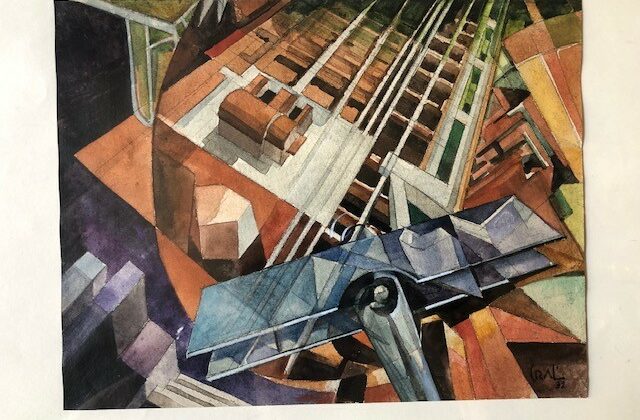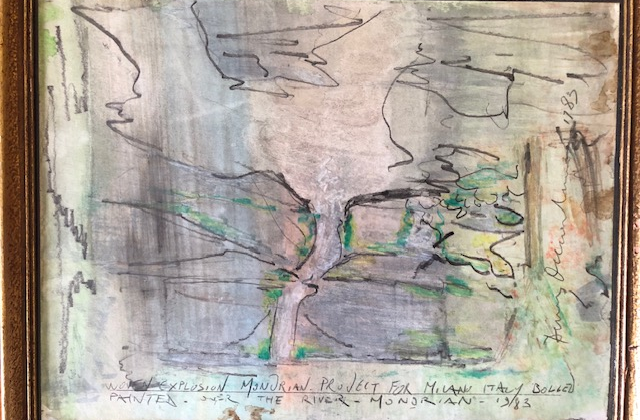Michelangelo and Sebastiano: a teaching and learning team
Francesco Carelli , University Milan
The story of the friendship between the world-famous Florentine artist Michelangelo Buonarroti ( 1475 – 1564 ) and the lesser – known Venetian painter Sebastiano Luciani, called Sebastiano del Piombo ( 1485 – 1547 ) is both epic and personal.
As showed at the exhibition at the National Gallery in London, the two came from widely different artistic traditions, and Michelangelo’s fierce independence made him an unlikely candidate for collaboration. But after meeting in Rome in 1511, at a time now recognized as a high point of the Renaissance, they came together to create works of striking force and originality. Spanning about twenty-five years, their tale is one of camaraderie, mutual influence and eventually of rupture and acrimony. It takes place against a backdrop of bitter rivalries, political turbulence, religious schism and war. Through a selection of their works and personal correspondence, the exhibition explores and extraordinary meeting of minds , in mix and teaching and learning that shaped the development of Western art.
Michelangelo and Sebastiano came from two very different artistic traditions. Michelangelo trained with the Florentine painter Domenico Ghirlandaio and subsequently learned to sculpt at the court of Lorenzo de’ Medici, Florence’s de facto ruler. Prodigiously talented, he quickly assimilated the systematic working method practiced in Tuscany , in which a composition was prepared scrupulously in advance, largely through drawing.
Sebastiano, ten years junior, was the most accomplished Venetian artist of his generation. He mastered the improvisatory painting method introduced by his mentor, Giorgione, which favoured atmosphere over precision. His organic approach to picture – making and his range as an oil painter, combining rich colour and subtle passages with ones of unprecedented expressive boldness, stood in marked contrast to Michelangelo’s way of working.
Rome, the home of the papacy, was a natural destination for artitsts seeking powerful patronage and knowledge of classical art. It was a centre of ecclesiastical power and wealth as well as antique ruins and monuments. The young Michelangelo made his name there in 1490s with his sculpted Pietà and returned in 1505. Sebastiano arrived in 1511 and soon met Michelangelo, who was working on the ceiling of the Sistine Chapel. He also encountered the exceptionally talented young painter from Urbino, Raphael, who had just completed his fresco decoration of the pope’s personal library, including the famous School of Athens. In comparing the two artists, critics praised Michelangelo’s imagination and ability to render figures sculpturally , but declared Raphael the better painter because he combined these skills with a more sophisticated use of colour.
Michelangelo detested Raphael. In order to thwart him, he sought an alliance with Sebastiano, whose mastery of oil painting in the newest Venetian manner, little seen in Rome, was attracting attention. By providing Sebastiano with drawings and designs, Michelangelo hoped he and younger Venetian could marginalize their rival. This alliance led to a close friendship.
In 1516 Michelangelo was sent to Florence by Pope Leo X to work on the façade of the church of San Lorenzo. From that point until his permanent return to Rome in 1534, he and Sebastiano kept in touch through letters. The surviving documents, 37 from Sebastiano and sis by Michelangelo , reveal the complexities of their friendship as well as the treacherous politics of their work. Michelangelo’s language is cultivated and eloquent – in addition to being an artist he was a major poet – and his handwriting is carefully crafted and elegant. Sebastiano writes in the language of the merchant class and consistently uses his native Venetian dialect, one senses with some pride.



